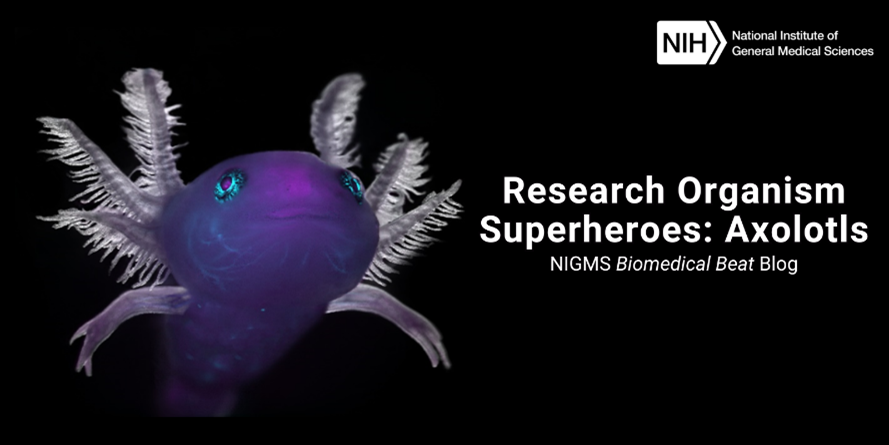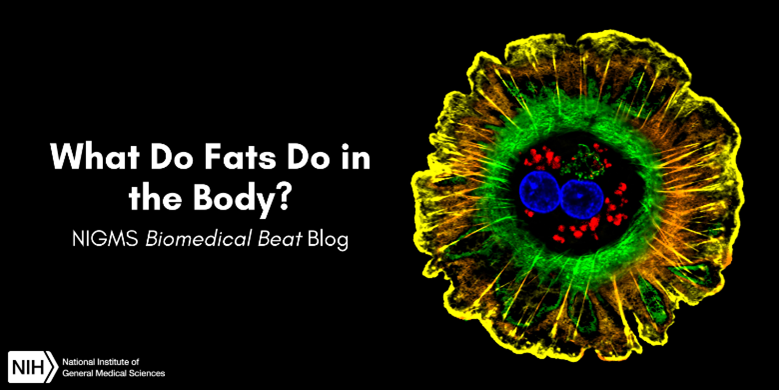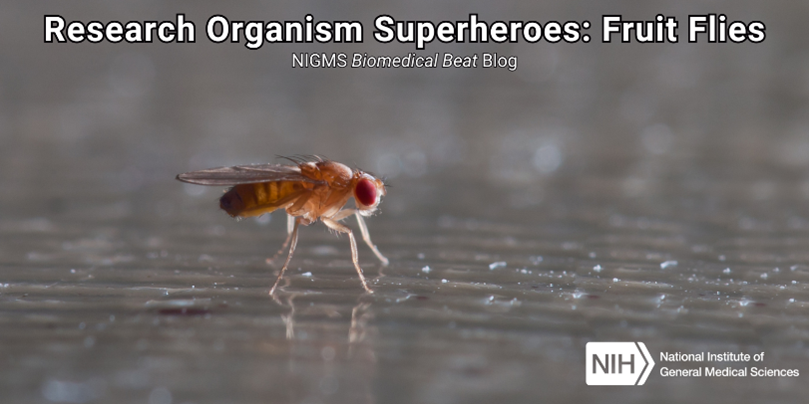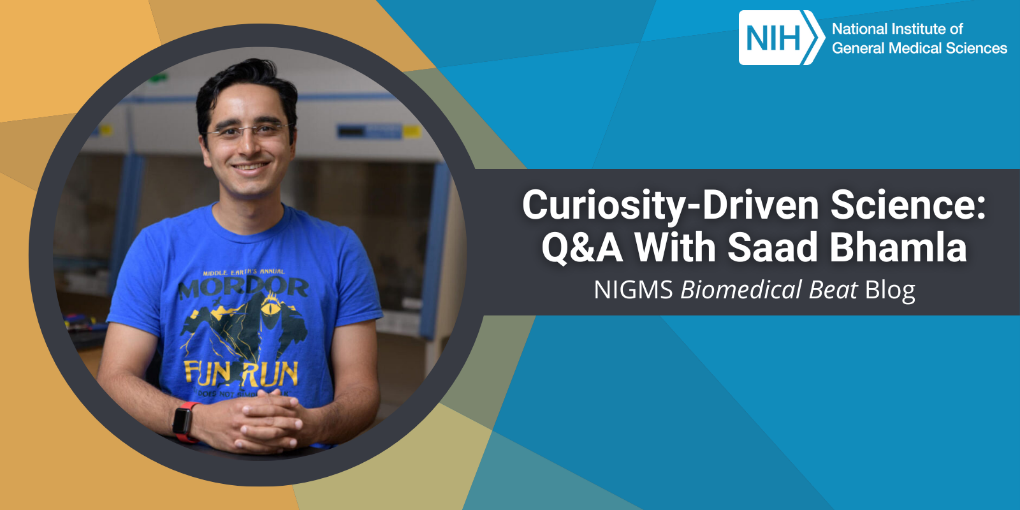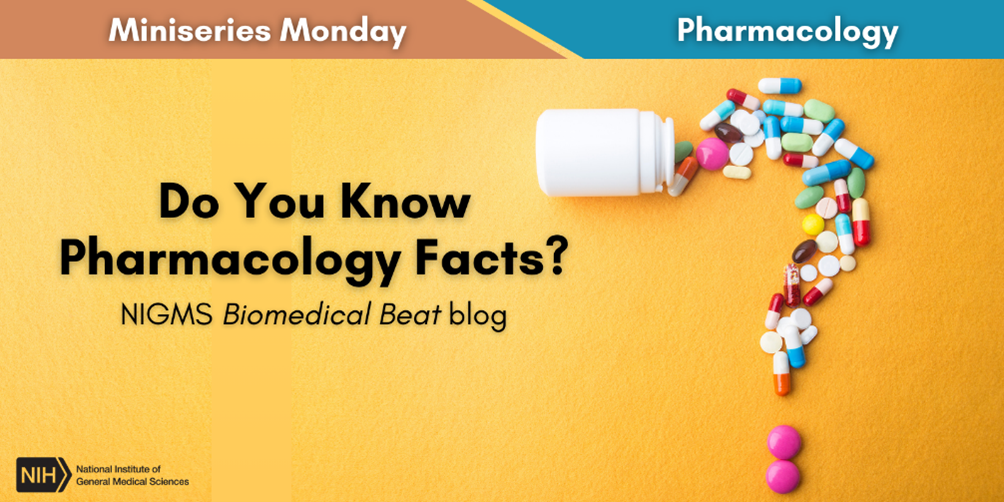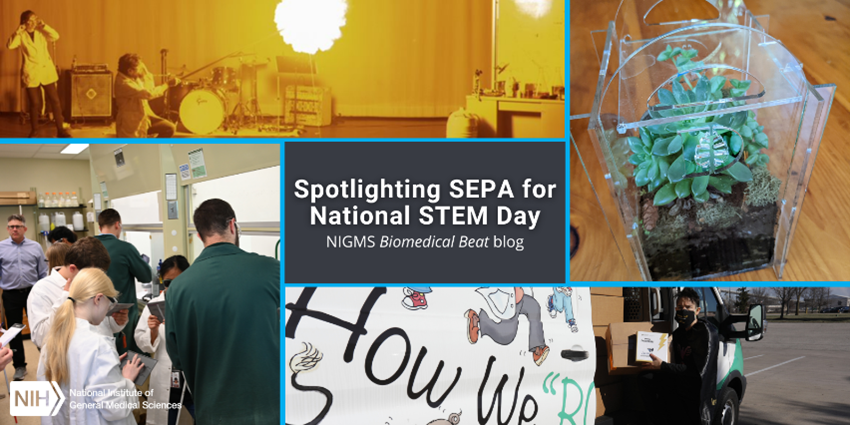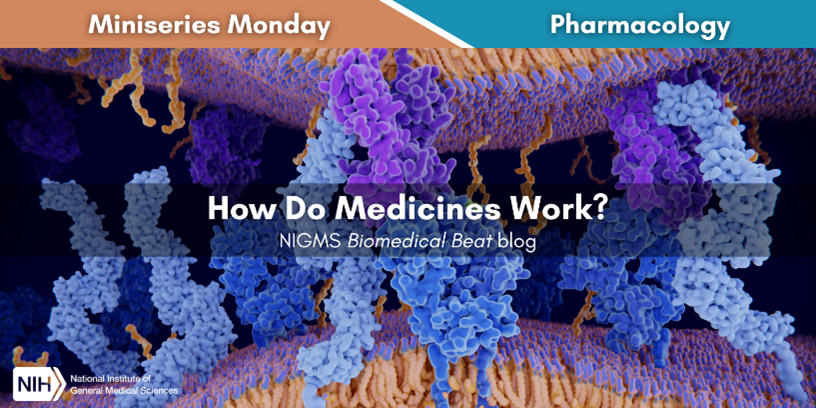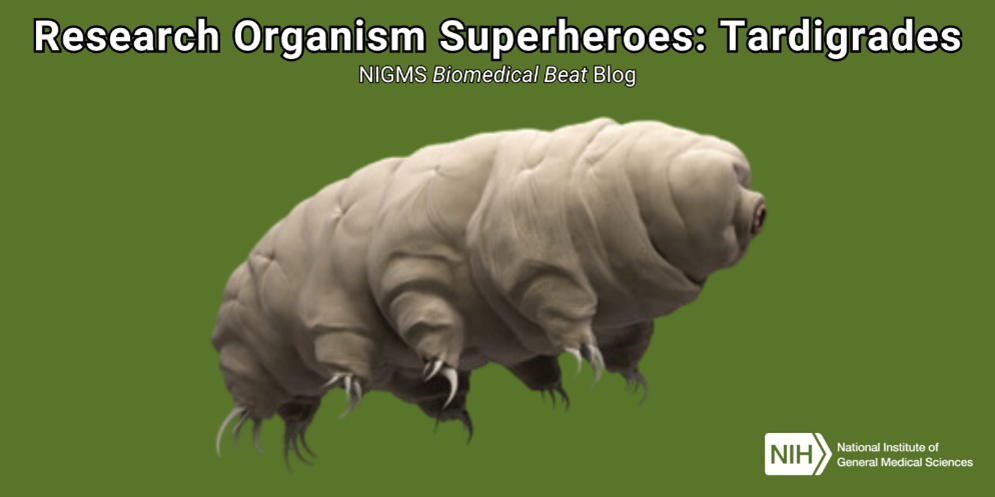The friendly-looking axolotl (Ambystoma mexicanum) doesn’t seem to have much in common with its namesake, Xolotl—the Aztec god of lightning, death, and fire. In fact, axolotls can regrow lost limbs and other body parts like organs and parts of their central nervous systems—which goes against the concept of death!
Continue reading “Research Organism Superheroes: Axolotls”Posts by Rachel Crowley
What Do Fats Do in the Body?
It’s common knowledge that too much cholesterol and other fats can lead to disease and that a healthy diet involves watching how much fatty food we eat. However, our bodies need a certain amount of fat to function—and we can’t make it from scratch.
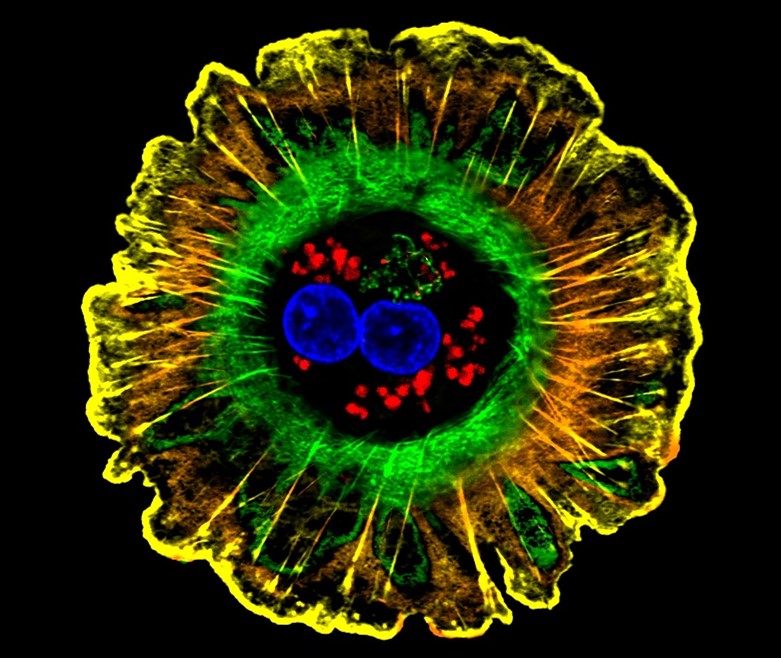
Triglycerides, cholesterol, and other essential fatty acids—the fats our bodies can’t make on their own—store energy, insulate us, and protect our vital organs. They act as messengers, helping proteins do their jobs. They also start chemical reactions that help control growth, immune function, reproduction, and other aspects of basic metabolism. Fats also help the body stockpile certain nutrients. Vitamins A, D, E, and K, for example, are stored in the liver and in fatty tissues.
The cycle of making, breaking, storing, and using fats is at the core of how all animals, including humans, regulate their energy. An imbalance in any step can result in disease. For instance, having too many triglycerides in our bloodstream raises our risk of clogged arteries, which can lead to heart attack and stroke.
Continue reading “What Do Fats Do in the Body?”Research Organism Superheroes: Fruit Flies
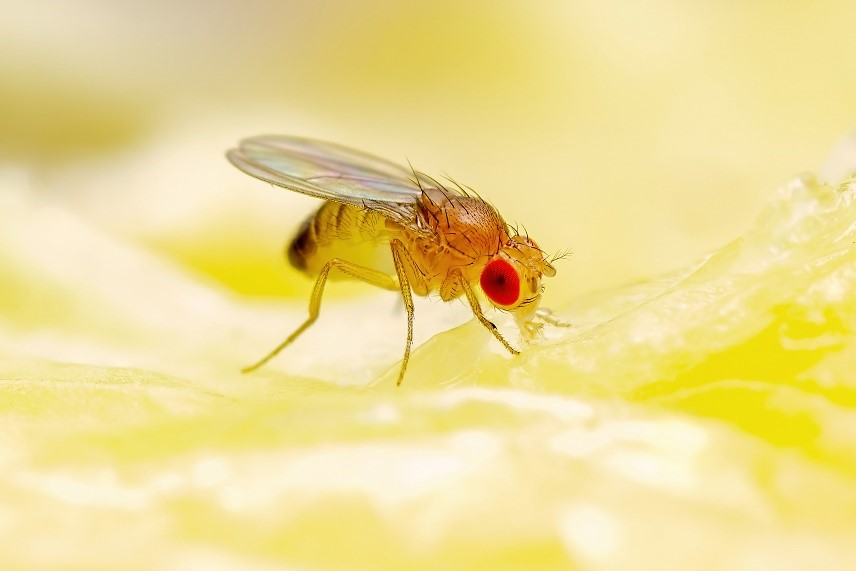
Those pesky little bugs flying around the overripe bananas in your kitchen may hold the key to understanding something new about how our bodies work. That’s right, the fruit fly (Drosophila melanogaster) is a widely used research organism in genetics because of its superpower of reproducing quickly with similar genes to people.
Researchers have been studying fruit flies for over a century for many reasons. First, they’re easy to please—just keep them at room temperature and feed them corn meal, sugar, and yeast (or those bananas on your counter!). Second, they reproduce more quickly and have shorter life cycles than larger organisms. A female can lay up to a hundred eggs in a day, and those eggs develop into mature adult flies within 10 to 12 days. A third reason is the simplicity of the fruit fly’s genome, which only has four pairs of chromosomes compared to the 23 in humans. And on a logistical note, the male and female flies are easy to tell apart (genetic studies often require separating males and females, which isn’t an easy feat in all organisms).
Continue reading “Research Organism Superheroes: Fruit Flies”Curiosity-Driven Science: Q&A With Saad Bhamla
What do worm blobs and insect pee have to do with human health? We talked to Saad Bhamla, Ph.D., assistant professor of chemical and biomolecular engineering at Georgia Institute of Technology (Georgia Tech) in Atlanta, to find out.
Q: What did your path to becoming a scientist look like?

A: I grew up in Dubai and did my undergraduate work in India, which is where I was first introduced to science. The science faculty members seemed to be having so much fun and would say things like “for the love of science,” but I couldn’t figure out what joy they were getting until I got a taste of it myself—then I was hooked. I like the idea that you can create a legacy doing science because someone can come along 100 years later and build on your work.
After undergrad, I went to Stanford University and earned my Ph.D. in the lab of Gerald Fuller, Ph.D., and then stayed at Stanford for postdoctoral work (postdoc) in the lab of Manu Prakash, Ph.D. In 2017, I joined the faculty at Georgia Tech. On paper, I’m a chemical engineer, but I describe myself as more of a biophysicist.
Continue reading “Curiosity-Driven Science: Q&A With Saad Bhamla”Quiz: Do You Know Pharmacology Facts?
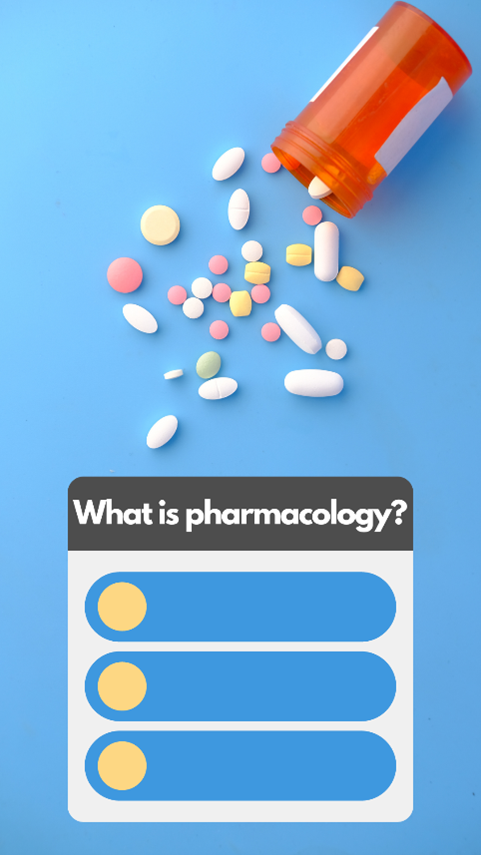
Pharmacologists research how the body acts on medicines (e.g., absorption, excretion) and how medicines act in the body, as well as how these effects vary from person to person. NIGMS-funded pharmacology researchers are:
- Conducting research to design medicines with fewer side effects
- Exploring how genes cause people to respond differently to medicines
- Developing new methods and molecular targets for drug discovery
- Discovering medicines based on natural products
- Understanding how medicines act using computers
- Monitoring brain function under anesthesia to develop safer anesthetic medicines that reduce side effects
- Creating artificial tissue to heal muscles after traumatic injuries
- Investigating how to treat patients with sepsis
- Measuring tissue damage from burns to help improve treatment options
Spotlighting SEPA for National STEM Day
The NIGMS Science Education Partnership Award (SEPA) program provides opportunities for pre-K-12 students from underserved communities to access STEM educational resources. SEPA grants support innovative, research-based, science education programs, furthering NIGMS’ mission to ensure a strong and diverse biomedical research workforce. SEPA projects generate resources that are mapped to state and national teaching standards for STEM and are rigorously evaluated for effectiveness; most are also available at no cost. These resources include mobile laboratories, interactive health exhibits in museums and science centers, educational resources for students, and professional development for teachers. Projects engage students and encourage them to envision themselves having careers in biomedical research.
To celebrate National STEM Day, we’re taking a look back at some of the SEPA projects we’ve recently featured on the blog, as well as our STEM teaching resources website, which includes several SEPA-funded materials. Check out the snapshots of each of the projects with links to the full articles and the teaching website below.
Continue reading “Spotlighting SEPA for National STEM Day”A Periodic Look at Elements
It’s National Chemistry Week! To celebrate, we’re looking back at a few recent blog posts highlighting elements important for human health and scientific research. Check out the posts and tell us what your favorite element is in the comments section!
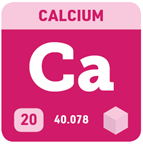 Credit: Adapted from Compound Interest. CC BY-NC-ND 4.0.
Credit: Adapted from Compound Interest. CC BY-NC-ND 4.0.
Got Calcium?
Calcium is the most abundant mineral in our bodies. It’s essential for lots of important functions—including keeping bones strong and allowing muscles to move. Even clicking on this post to learn more about its many roles requires calcium!
Continue reading “A Periodic Look at Elements”
How Do Medicines Work?
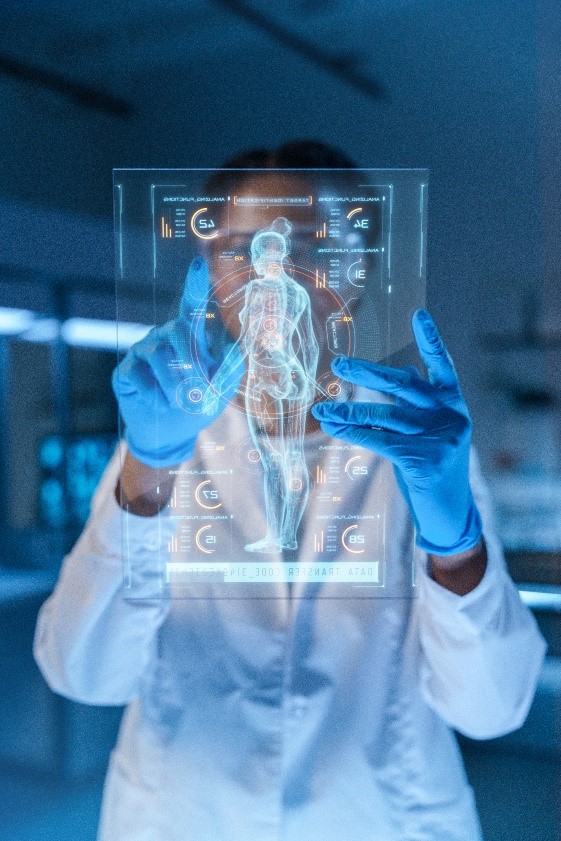
What we put into our bodies can affect how they function and what they do. For example, a sugary snack will probably make you feel differently than a high-protein meal. Similarly, different medicines elicit different responses in your body, and pharmacologists try to fine-tune each medicine to balance the desired (on-target) with the undesired (off-target) effects—a branch of pharmacology called pharmacodynamics.
Most medicines work by binding to a molecular target, usually proteins like receptors or enzymes, and either blocking or supporting its activity, which results in their therapeutic effects.
Continue reading “How Do Medicines Work?”Research Organism Superheroes: Tardigrades
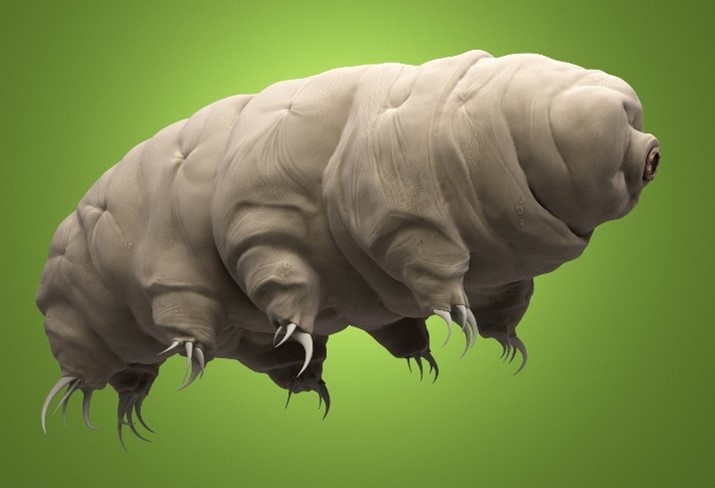
“Water bear” or “moss piglet”? No matter what you call them, tardigrades have secured the title of cutest invertebrate—at least in our book. They’re tiny creatures, averaging about the size of a grain of salt, so while you can spot them with the naked eye, using a microscope is the best way to see them. They earned their nickname of water bear and their official name (which comes from tardigradus, Latin for “slow walker”) because of the way they lumber slowly and deliberately on short, stubby legs.
Continue reading “Research Organism Superheroes: Tardigrades”In Other Words: Sandboxes Aren’t Just for Kids
Did you know that kids aren’t the only ones playing around in sandboxes? The term sandbox may evoke a childhood memory of sensory play, but it’s also used to describe a virtual environment where someone can learn from digital products.



